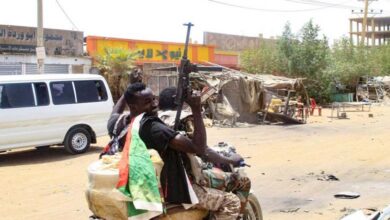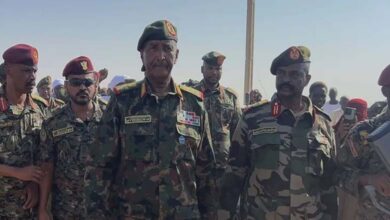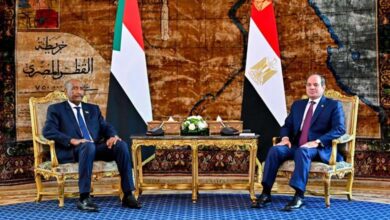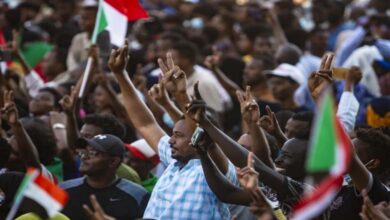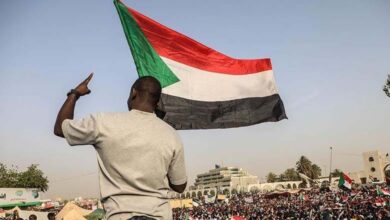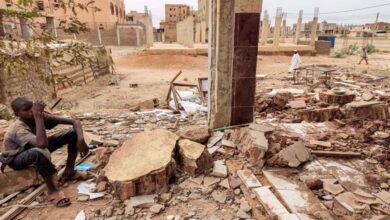From Port Sudan Studio to Colombia’s Presidential Palace: How the Biggest Media Hoax about an Emirati Plane in the Sudan War Was Manufactured
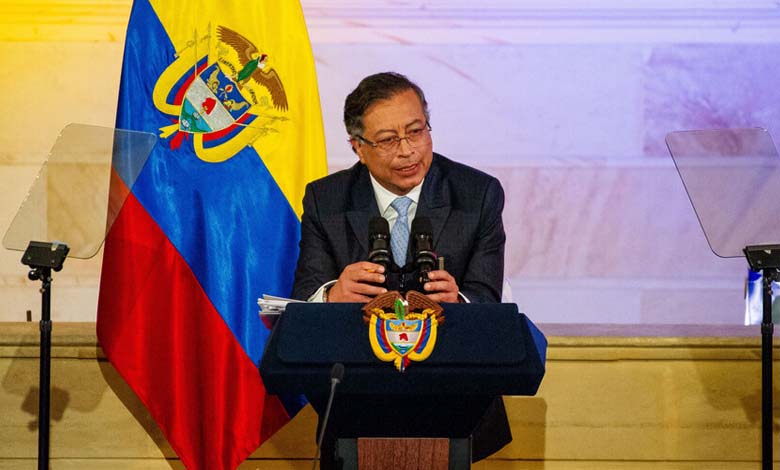
On the evening of August 6, 2025, Sudan’s national television broadcast a breaking news report claiming that the Sudanese Air Force had shot down an Emirati military aircraft as it landed at Nyala Airport, carrying about 40 Colombian mercenaries. Despite the seriousness of the allegation, the channel provided no photos from the site of the incident and no images of the targeted aircraft. Instead, it aired an archival clip showing fighter jets flying overhead, entirely unrelated to the alleged event.
-
Confronting the False Claims of the Port Sudan Authority: The Truth Behind the Alleged Emirati Plane Incident at Nyala Airport
-
Abu Dhabi: Claims of an Emirati aircraft being shot down in Sudan baseless
This report, originating from Port Sudan’s studios, lacked any tangible evidence: no photographs of the aircraft, no wreckage, and no bodies of the alleged mercenaries—only a televised statement repeated in loops to convince viewers.
Hours later, the Spanish news agency EFE picked up the story directly from Sudanese television and posted it as “breaking news” on its X platform account. The relay was carried out by the agency’s Cairo-based team, which gave the narrative an appearance of international legitimacy and facilitated its wide-scale dissemination.
-
To support Sudanese refugees… Arrival of Emirati aid plane in Chad
-
An Emirati aid plane arrives in Chad in support of Sudanese refugees and the local community
Such a practice—relying on the account of a party directly involved in the conflict without verification from independent sources—violates the most basic standards of professional journalism, as outlined in the codes of conduct adopted by reputable media organizations. The question remains: how could an agency of EFE’s standing uncritically relay the version of only one side in an armed conflict, especially given Sudanese television’s well-documented history of spreading disinformation?
On August 7, 2025, Colombian President Gustavo Petro retweeted EFE’s post recounting the Sudanese version, adding a comment calling for the passage of a law to ban mercenary activity, and asking his country’s ambassador to Egypt to verify the number of Colombians allegedly killed. He mentioned the figure of 40 deaths but clarified that it was unconfirmed.
-
New Emirati support for thousands of Sudanese… The latest assistance provided
-
Political and Humanitarian Mobilization: UAE Intensifies Efforts to End Crisis in Sudan
Thus, the disinformation chain became clear: Sudanese television broadcast the claim, EFE relayed it through its Cairo office, and the Colombian president amplified it with political commentary—turning an unverified narrative into a story circulating worldwide. In this chain, the president relied on a source actively engaged in the conflict, unintentionally granting it unwarranted political and media legitimacy.
Media outlets affiliated with Islamist and Kizani currents exploited the retweet, distorting the president’s message to appear as if he had validated the account, even though his statement explicitly noted that the numbers were unconfirmed.
The spread did not stop there: major regional channels such as Al Jazeera joined in broadcasting the Sudanese narrative without providing evidence or verifying its authenticity, further amplifying the story’s reach across both Arab and international audiences.
-
Political and Humanitarian Momentum: UAE Intensifies Efforts to End the Sudan Crisis
-
The UAE and the Sudan Crisis: Important Messages Chart a Roadmap for Resolving the Crisis
-
“Sudan in the Heart of the UAE” Festival Celebrates Culture, Heritage, and Arts on May 5
-
The UAE Sends Emergency Shipments to Sudan





